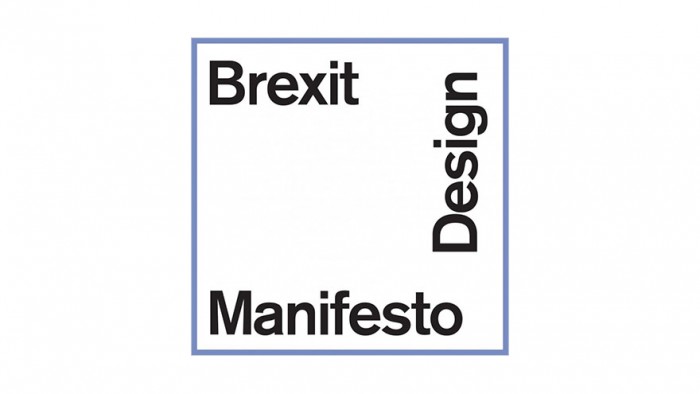
This week London has the attention of the design world. With activities, exhibitions, installations and talks happening across the capital for the 2016 London Design Festival, there is possibly no better time than now to talk about how the recent Brexit referendum is going to affect the creative insdustries in the UK.
The Brexit Design Manifesto, an extract of which is published below and the full text of which is available online, is a grassroots project coordinated and produced by Dezeen. The manifesto outlines how design could play a crucial role in helping Britain to thrive in the post-Brexit climate, as long as the government works to enure the conditions are conducive for designers. The Brexit Design Manifesto has already gained the support and signatures of many notable designers and organisations, including many Design Indaba alumni: Thomas Heatherwick, Terence Conran, Jasper Morrison, Benjamin Hubert, Tom Dixon, Paul Priestman, Ilse Crawford and many more.
Now that the shock of the nation's decision to leave the EU is beginning to subside, it is important that moves are made that ensure Brexit gives the UK businesses power of their own destinies, rather than enslaving them to new policies. A city that does not evolve is just an open air museum. Will London be able to hold it's reputation as the world's creative capital? Designers are the best problem solvers, and know how to make the best of a challenging environment. Now is when the country needs this kind of thinking most.
The manifesto calls for support from government in the following five areas: recognition, education, recruitment, manufacturing and intellectual property. Here's an extract from the text:
The UK's architects and designers are among the most creative and dynamic in the world. They generate billions for the economy and act as global ambassadors for our nation.
Design is one of our nation's greatest strengths and plays a key role in the "soft power" we project overseas. Our architects and designers are recognised for their creativity and expertise, creating world-class buildings, infrastructure, products, services, clothing and software.
London is acknowledged as one of the world's design capitals but this is far from being a London-centric industry – 60% of creative businesses are outside the capital.
The sector is a huge asset to the UK both culturally and economically. It is the fastest-growing part of the UK's creative industries, generating over £71.7 billion in goods and services a year and employing more than 1.5 million people.
Design has been at the heart of our identity for hundreds of years, from Thomas Chippendale and Christopher Wren to Charles Rennie Mackintosh and Robin and Lucienne Day.
Contemporary UK designers including Jonathan Ive, Norman Foster, Richard Rogers, Zaha Hadid, Tom Dixon and Barber & Osgerby have shaped the modern world and helped provide a globally recognised visual identity for our country, influencing our lives and our sense of who we are.
Architectural landmarks such as the Reichstag in Berlin and the Centre Pompidou in Paris fly the flag for our design expertise in the most prominent way possible, while we lead the world in sectors such as car and gaming design.
But design is not just about famous names and projects. It can help deliver better quality, more efficient and more enduring infrastructure across the country – as it has done for centuries via the work of the great architects and engineers of the past, whose landmarks still serve and help define our nation.
To read the full Brexit Design Manifesto, visit Dezeen's website.






